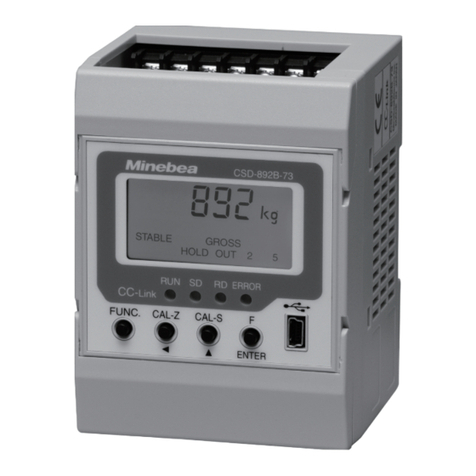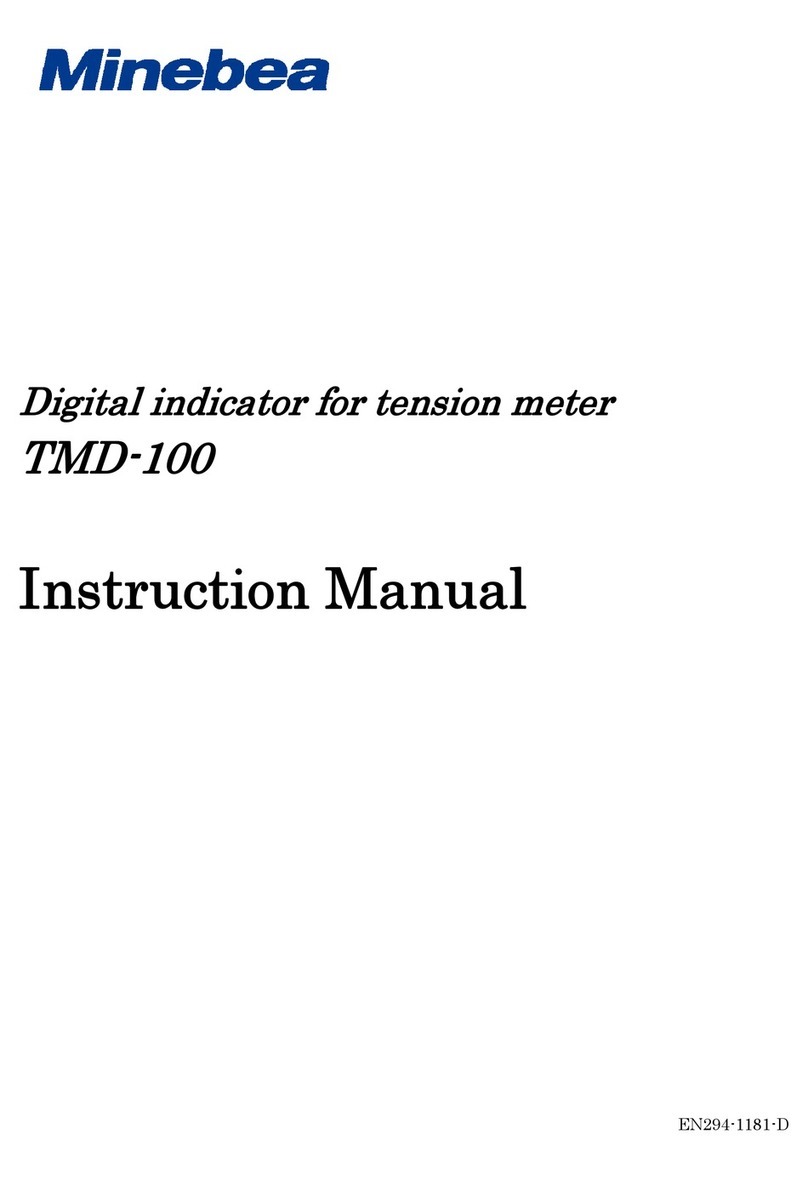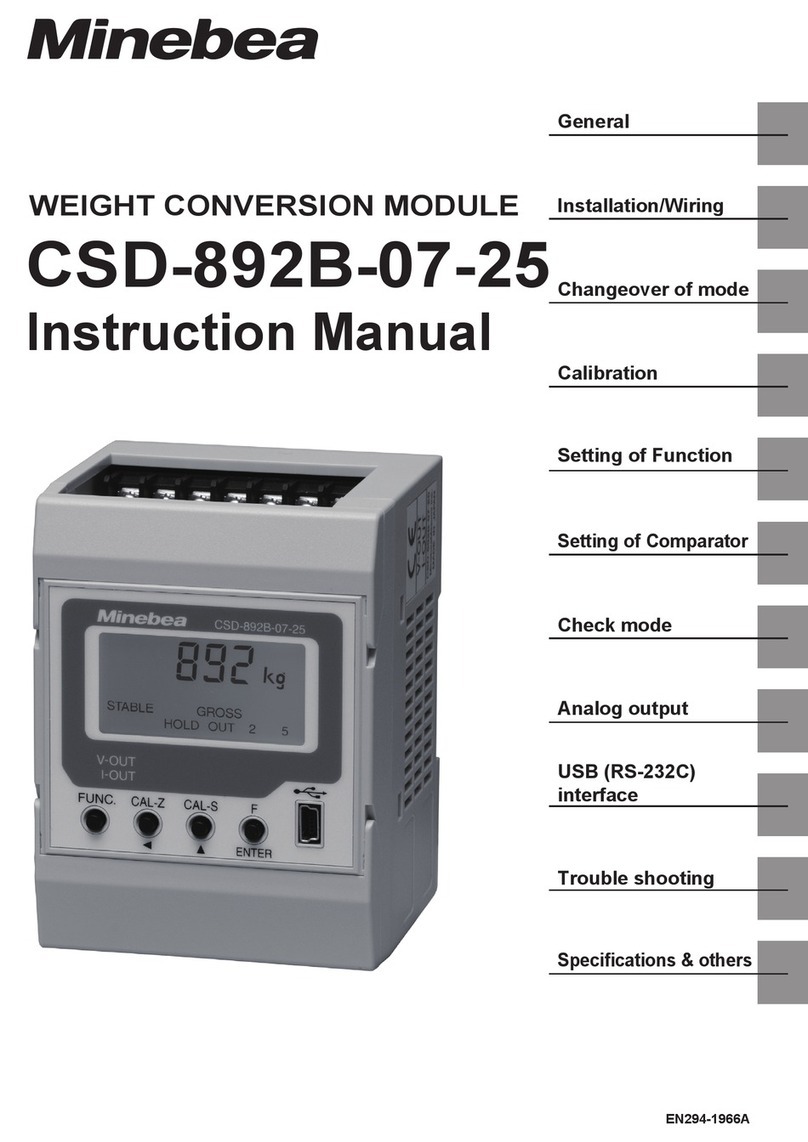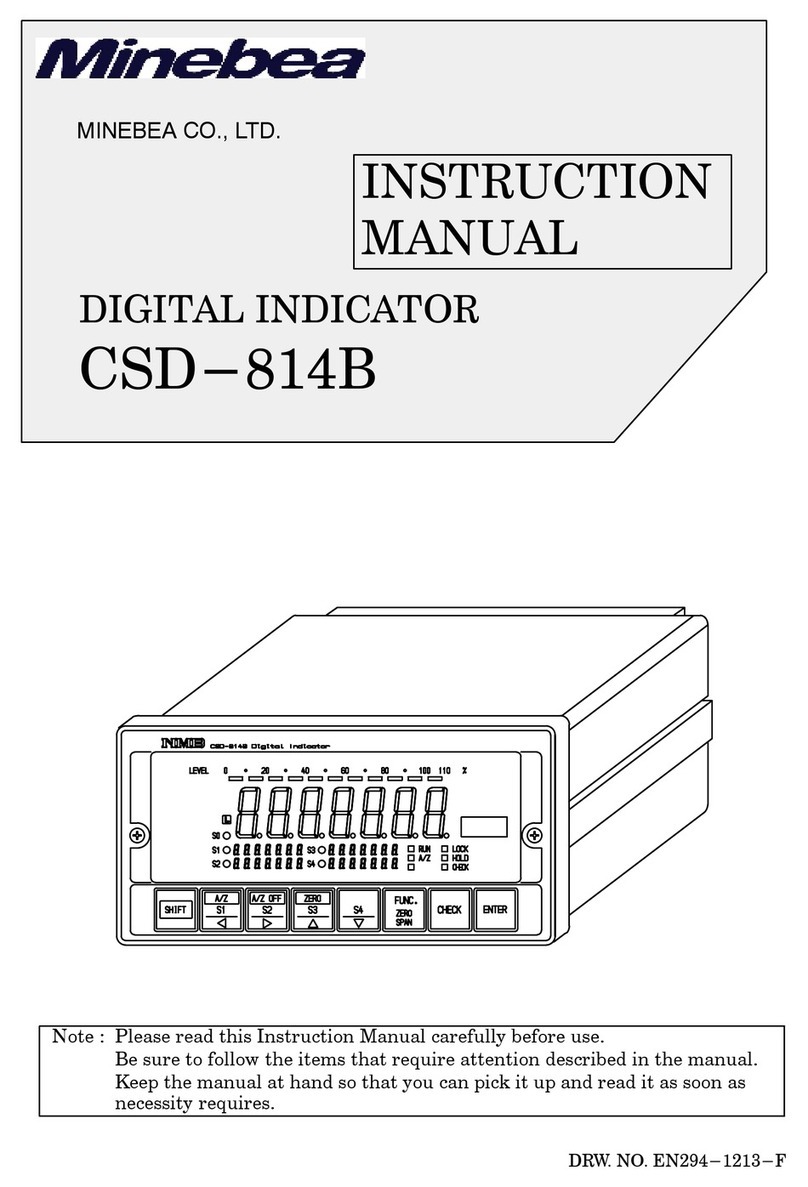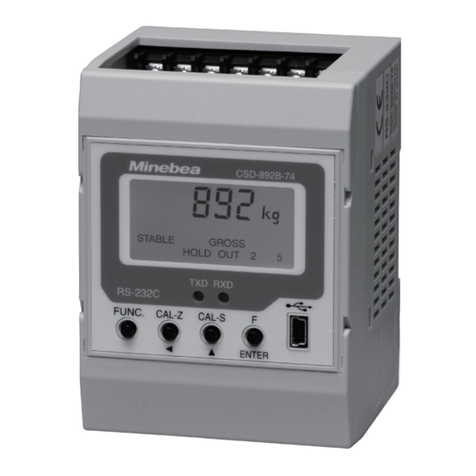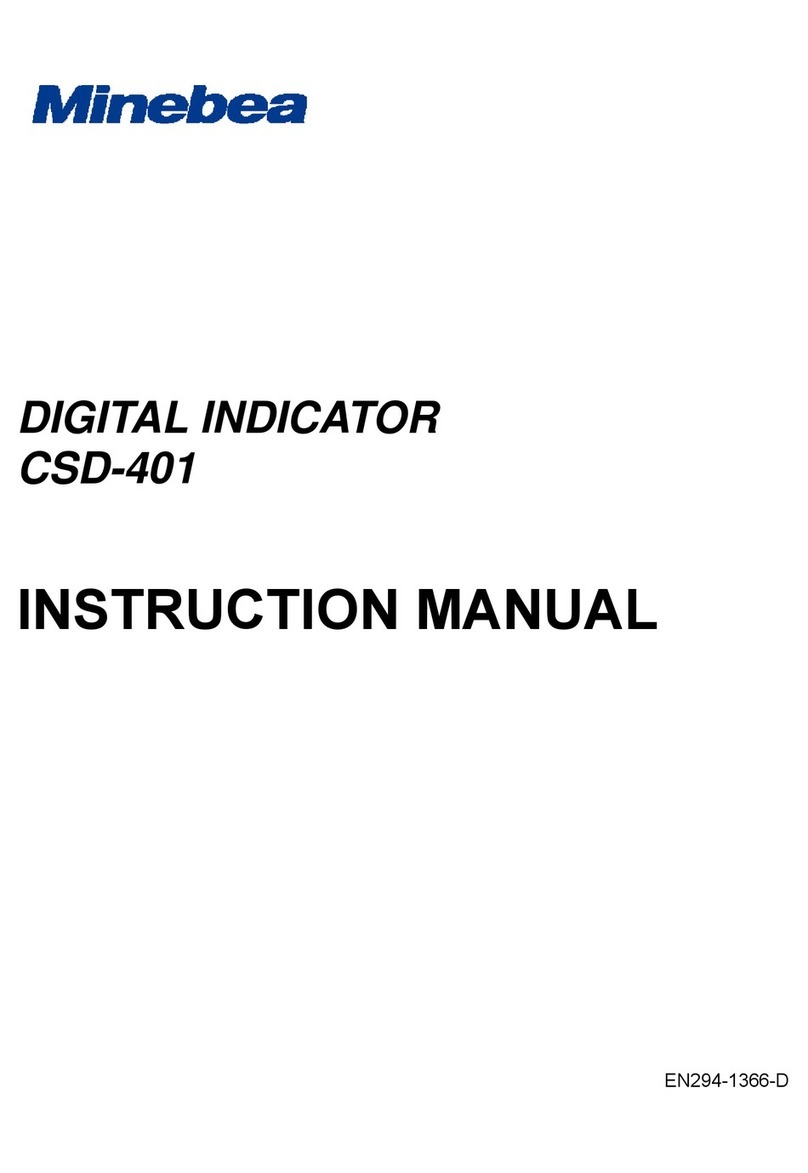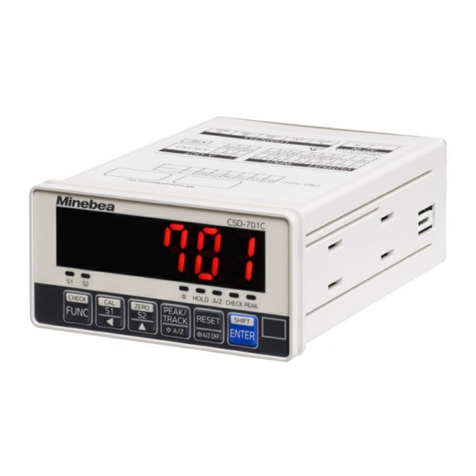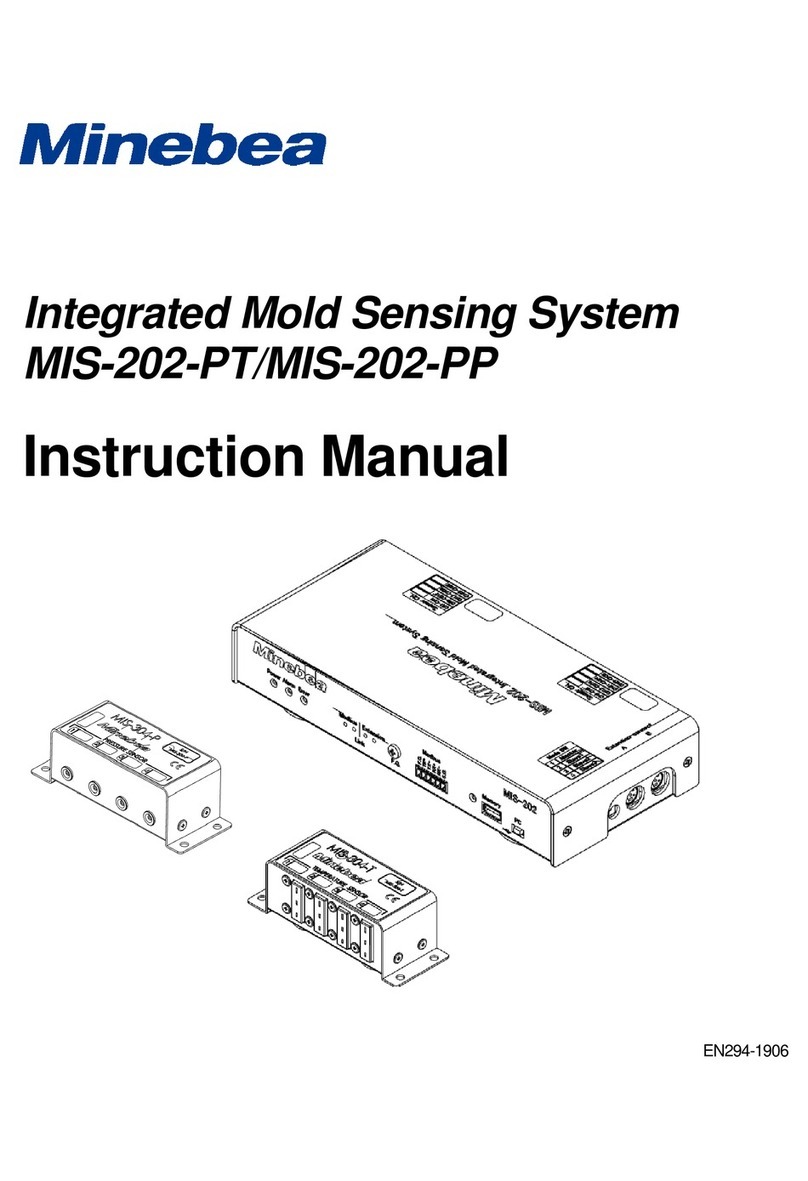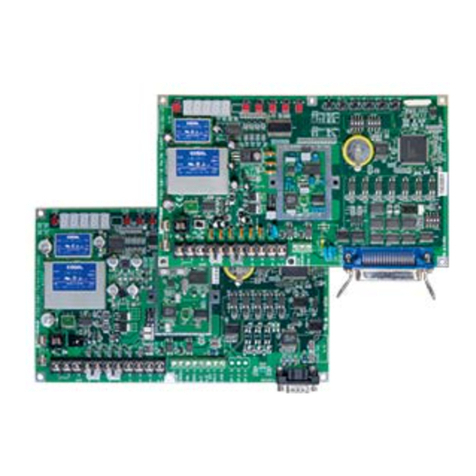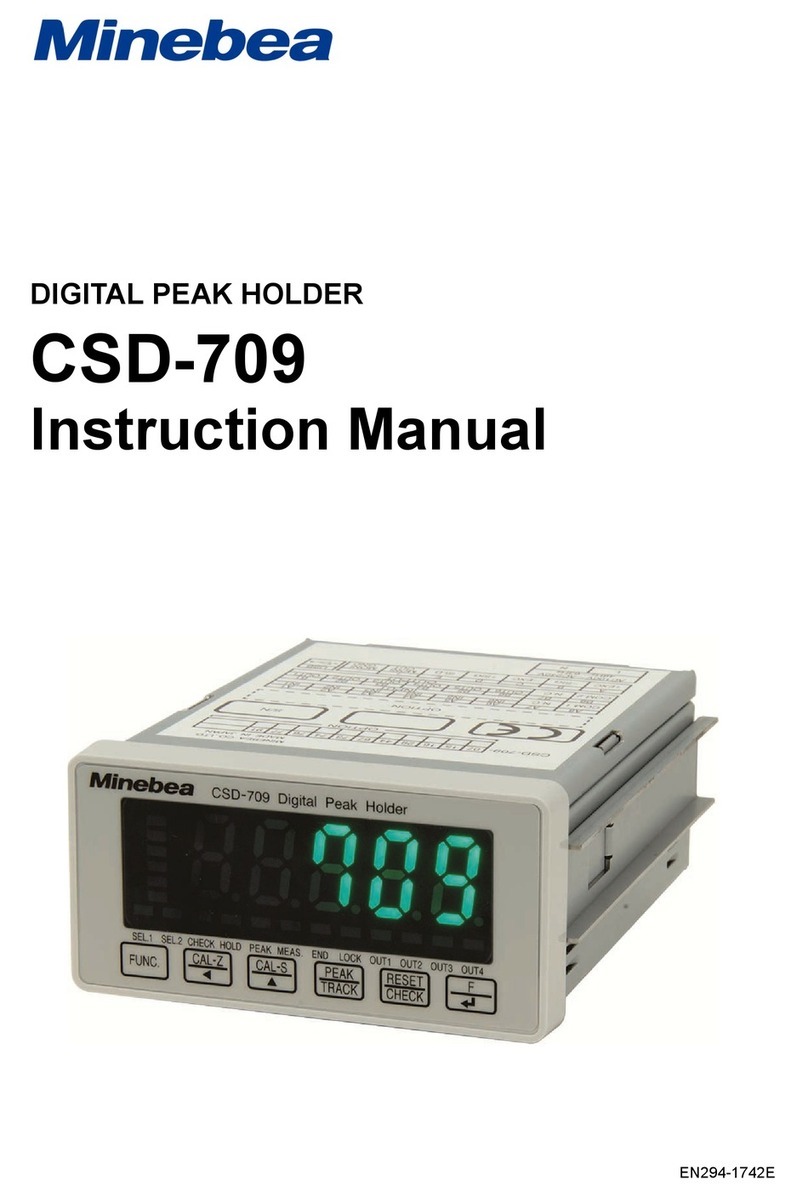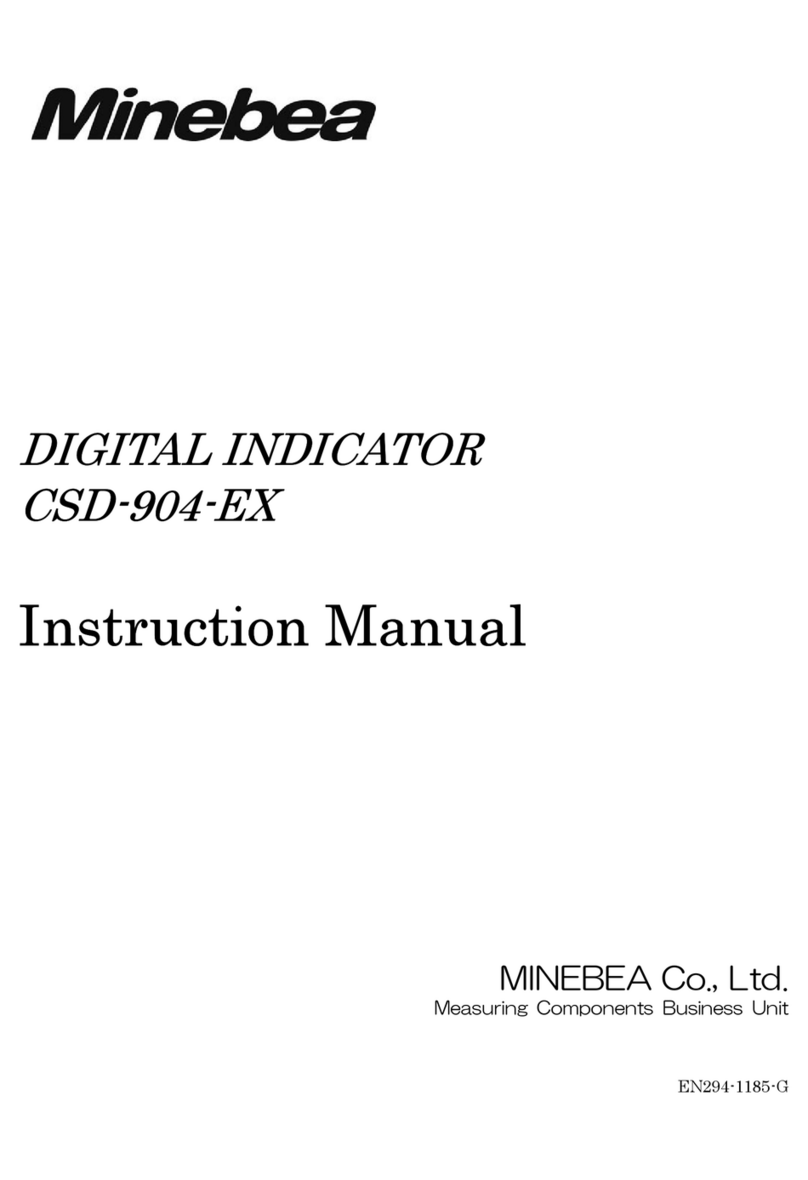
Index
Introduction .............................................................................................................................I
Pictograms and conventions used in this manual...............................................................I
About the view of this book ..................................................................................................II
1.
General..............................................................................................................................1
1-1.
Features.....................................................................................................................................1
2.
Name and function of each point ...................................................................................2
2-1.
Rear panel for CC-Link I/F........................................................................................................2
3.
Connecting method .........................................................................................................3
3-1.
Connector pin configuration for communication..................................................................3
3-2.
Notes of Connection ................................................................................................................3
4.
Setting of CC-Link connecting........................................................................................4
4-1.
Changeover to Function mode................................................................................................4
4-2.
Items of CC-Link setting ..........................................................................................................4
5.
PLC memory explanation................................................................................................6
5-1.
Address .....................................................................................................................................6
5-2.
Address map.............................................................................................................................7
6.
Function of calibration ..................................................................................................28
6-1.
Change to Calibration mode by communication.................................................................29
6-2.
Setting of scale interval .........................................................................................................29
6-3.
Setting of weighing capacity.................................................................................................30
6-4.
Setting of mass of weight......................................................................................................30
6-5.
Confirmation of ZERO stability .............................................................................................31
6-6.
ZERO calibration by weight...................................................................................................31
6-7.
ZERO calibration by numeric input.......................................................................................32
6-8.
Confirmation of SPAN stability..............................................................................................32
6-9.
SPAN calibration by weight...................................................................................................33
6-10.
SPAN calibration by numeric input ....................................................................................34
6-11.
End of calibration.................................................................................................................34
6-12.
Calibration forced finish......................................................................................................35
7.
Operation method..........................................................................................................36
7-1.
Writing the set value...............................................................................................................36
7-2.
Writing/Reading by general command .................................................................................36
